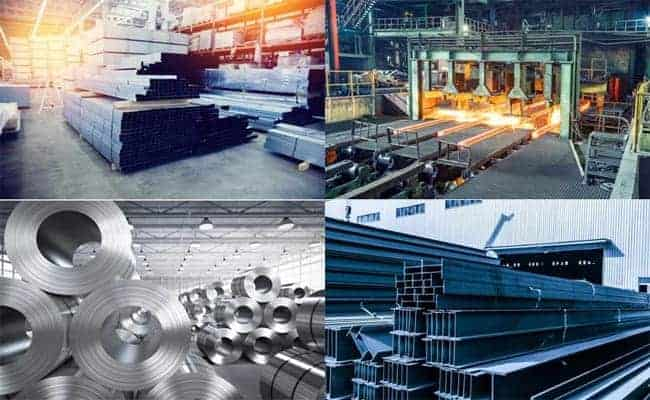Tips for Proper TMT Bar Handling and Storage on Construction Sites
In construction, the proper handling and storage of materials are crucial for ensuring structural integrity and longevity. Thermo-mechanically treated (TMT) bars, a fundamental component of reinforced concrete structures, demand meticulous attention during their handling and storage on construction sites.
A-One is one of the best steel company in India. They are a great steel group. This blog explores essential tips to facilitate the optimal management of TMT bars, ensuring that construction projects meet the highest standards of safety and durability.
1. Inspecting TMT Bars Upon Delivery:
Upon receiving TMT bars on the construction site, it is imperative to conduct a thorough inspection. Check for any visible signs of damage, rust, or deformities. Damaged bars should be segregated and replaced immediately to prevent compromising the structural integrity of the building. If you want the best quality steel in India, you should check out Aone Steel.
2. Proper Lifting and Transportation:
During the transportation of TMT bars within the construction site, use appropriate lifting equipment and techniques. Ensure that the bars are lifted evenly and not dragged or dropped, as this can lead to surface damage and weaken the material. Secure the bars in a way that prevents any distortion or misalignment during transit. A One Steel Group delivers the best quality steel in India.
3. Stacking Guidelines:
Correct stacking is essential for preventing distortion and damage to TMT bars. Create a dedicated storage area that is flat, dry, and free from direct contact with the ground. Stack the bars in a way that allows for proper ventilation to minimize the risk of corrosion. Utilize wooden supports or pallets to elevate the bars above the ground. A-One group can give you amazing TMT bars in India.
4. Maintaining Separation between Bars:
To avoid contact between TMT bars and minimize the potential for corrosion, maintain a minimum separation between individual bars. This prevents the accumulation of moisture between the bars, which can accelerate the corrosion process over time. A-One is one of the best steel company in India. They are a great steel group.
5. Covering TMT Bars:
Shield TMT bars from the elements by covering them with appropriate materials, such as tarps or plastic sheets. This protective covering safeguards the bars from rain, direct sunlight, and other environmental factors that could compromise their structural integrity.
6. Labeling and Documentation:
Implement a systematic labeling and documentation system to track the specifications and condition of each batch of TMT bars. This ensures traceability and facilitates easy identification of bars during construction, helping in adhering to engineering and safety standards. A One is one of the top-rated steel manufacturer in India.
7. Regular Inspection and Maintenance:
Establish a routine inspection schedule to assess the condition of stored TMT bars. This includes checking for any signs of corrosion, damage, or misalignment. Address any issues promptly to prevent them from escalating and affecting the overall quality of the construction project.
8. Adhering to Load Limits:
Respect the load limits specified for the storage area to prevent overloading, which can lead to deformation or damage to the TMT bars. Adhering to these load limits ensures that the bars maintain their structural integrity throughout the construction process. If you want a great Steel Manufacturer in India, you should try A-One Steel.
CONCLUSION:
Effectively handling and storing TMT bars on construction sites is a critical aspect of ensuring the durability and safety of structures. By adhering to these tips, construction professionals can contribute to the longevity of the building and uphold the highest standards of quality and safety in the construction industry.
If you are looking for the best TMT Bars in India, A-One is probably the best choice for you. Proper TMT bar management is not only a matter of best practices but also a commitment to the long-term integrity of the constructed infrastructure.





Comments
Post a Comment